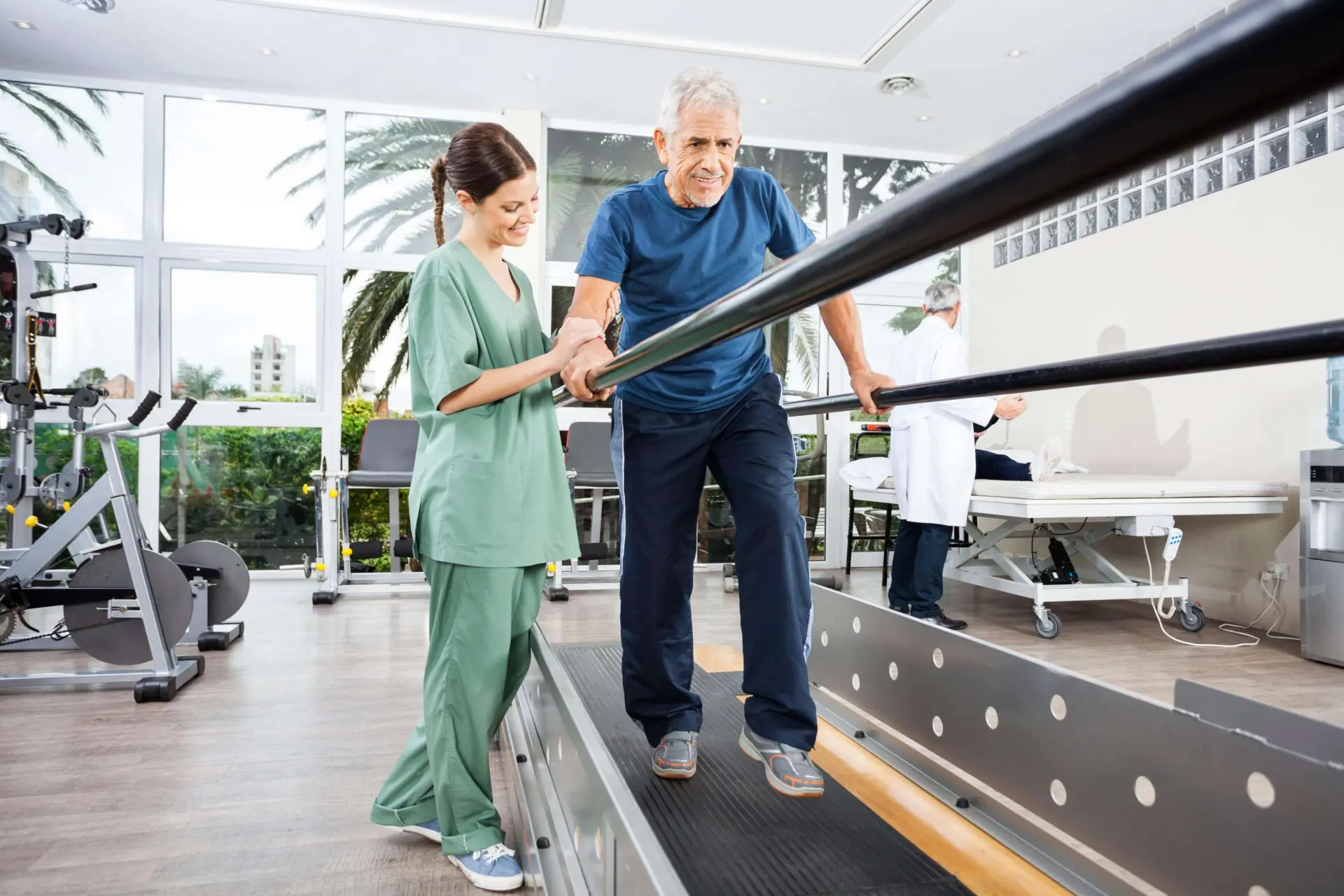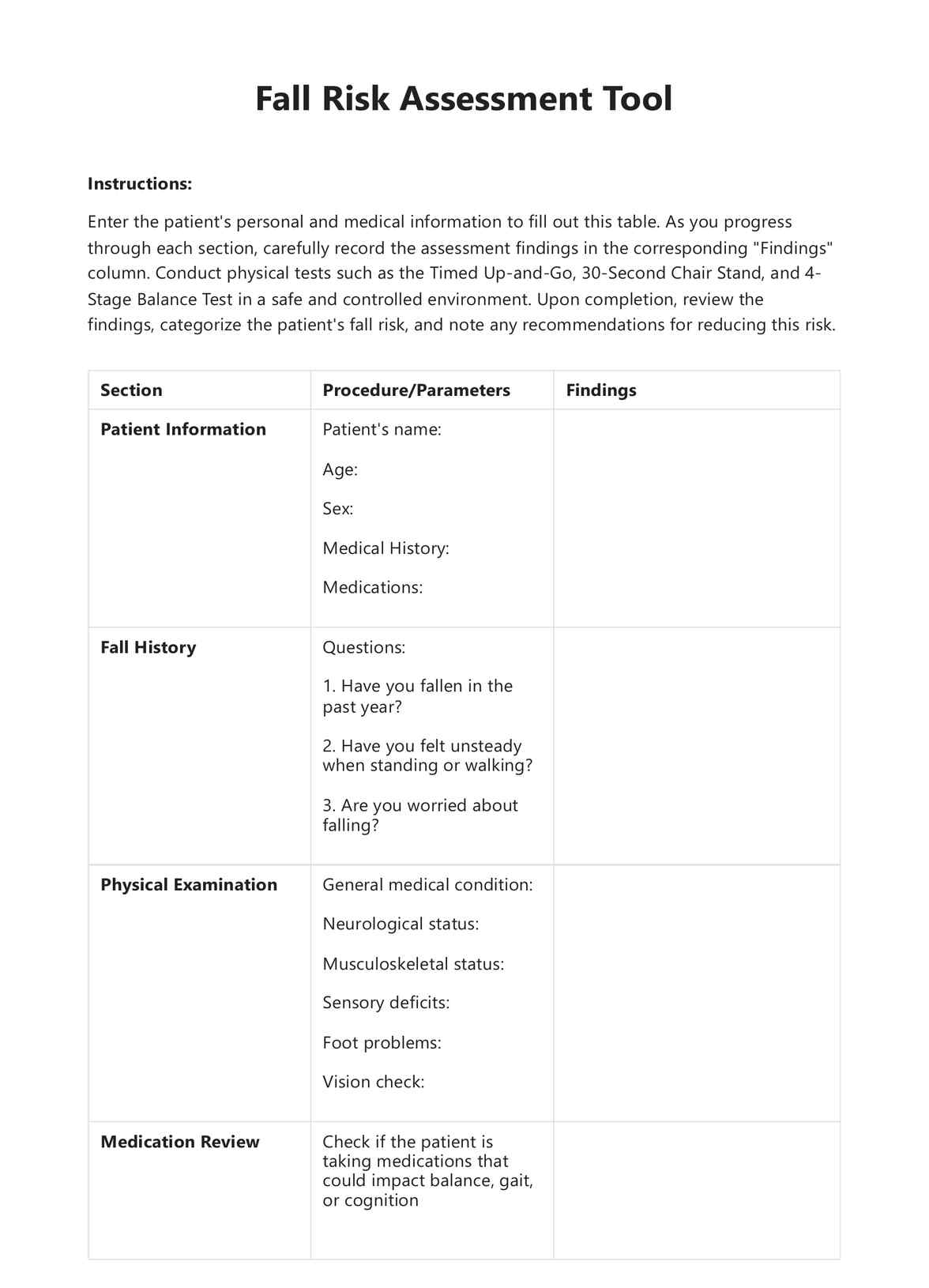The smart Trick of Dementia Fall Risk That Nobody is Discussing
Table of ContentsLittle Known Facts About Dementia Fall Risk.Dementia Fall Risk Can Be Fun For AnyoneThe Buzz on Dementia Fall RiskThe smart Trick of Dementia Fall Risk That Nobody is Talking About
An autumn risk analysis checks to see exactly how likely it is that you will fall. It is mostly provided for older grownups. The analysis usually consists of: This includes a series of concerns regarding your general health and if you have actually had previous drops or issues with balance, standing, and/or strolling. These devices evaluate your toughness, equilibrium, and stride (the way you stroll).STEADI includes testing, analyzing, and intervention. Treatments are suggestions that might decrease your threat of dropping. STEADI consists of 3 actions: you for your danger of succumbing to your danger factors that can be enhanced to attempt to avoid falls (for instance, equilibrium issues, impaired vision) to lower your danger of dropping by utilizing reliable techniques (for instance, offering education and learning and resources), you may be asked several questions including: Have you fallen in the past year? Do you really feel unsteady when standing or walking? Are you bothered with falling?, your provider will check your strength, balance, and stride, using the complying with autumn evaluation devices: This examination checks your gait.
After that you'll take a seat again. Your provider will examine for how long it takes you to do this. If it takes you 12 secs or even more, it might indicate you go to greater danger for an autumn. This test checks stamina and equilibrium. You'll being in a chair with your arms went across over your upper body.
The placements will certainly get more challenging as you go. Stand with your feet side-by-side. Move one foot halfway onward, so the instep is touching the big toe of your various other foot. Move one foot completely in front of the various other, so the toes are touching the heel of your various other foot.
Things about Dementia Fall Risk
Most falls take place as an outcome of several adding factors; consequently, handling the danger of dropping starts with identifying the variables that add to fall risk - Dementia Fall Risk. Several of the most appropriate threat aspects consist of: Background of previous fallsChronic clinical conditionsAcute illnessImpaired gait and balance, reduced extremity weaknessCognitive impairmentChanges in visionCertain risky medicines and polypharmacyEnvironmental variables can additionally enhance the threat for drops, including: Inadequate lightingUneven or damaged flooringWet or unsafe floorsMissing or harmed hand rails and order barsDamaged or incorrectly fitted tools, such as beds, wheelchairs, or walkersImproper use assistive devicesInadequate supervision of individuals residing in the NF, consisting of those who display hostile behaviorsA successful loss threat management program requires a thorough clinical analysis, with input from all members of that site the interdisciplinary team

The treatment plan need to likewise consist of interventions that are system-based, such as those that promote a safe setting (appropriate illumination, handrails, order bars, and so on). The performance of the treatments should be assessed regularly, and the care strategy modified as needed to show changes in the check this site out autumn danger evaluation. Executing an autumn danger management system using evidence-based best practice can reduce the frequency of drops in the NF, while restricting the potential for fall-related injuries.
The 5-Second Trick For Dementia Fall Risk
The AGS/BGS guideline recommends screening all grownups matured 65 years and older for fall danger annually. This testing is composed of asking people whether they have actually dropped 2 or even more times in the past year or sought clinical focus for a fall, or, if they have not dropped, whether they really feel unsteady when strolling.
People who have actually dropped when without injury ought to have their equilibrium and gait reviewed; those with stride or equilibrium abnormalities need to get additional assessment. A background of 1 fall without injury and without gait or balance problems does not require more analysis beyond ongoing yearly autumn risk screening. Dementia Fall Risk. A fall danger evaluation is called for as component of the Welcome to Medicare evaluation

How Dementia Fall Risk can Save You Time, Stress, and Money.
Recording a falls history is just one of the top quality indicators for loss prevention and administration. A critical component of danger assessment is a medication review. Several classes of medications boost fall danger (Table 2). copyright medications specifically are independent forecasters of drops. These medicines often tend to be sedating, modify the sensorium, and harm balance and gait.
Postural hypotension can typically be alleviated by lowering the useful reference dose of blood pressurelowering medicines and/or stopping medications that have orthostatic hypotension as a negative effects. Use above-the-knee support hose pipe and copulating the head of the bed elevated may additionally reduce postural reductions in high blood pressure. The suggested elements of a fall-focused health examination are received Box 1.

A Pull time greater than or equal to 12 seconds suggests high autumn risk. Being unable to stand up from a chair of knee height without utilizing one's arms suggests raised fall danger.